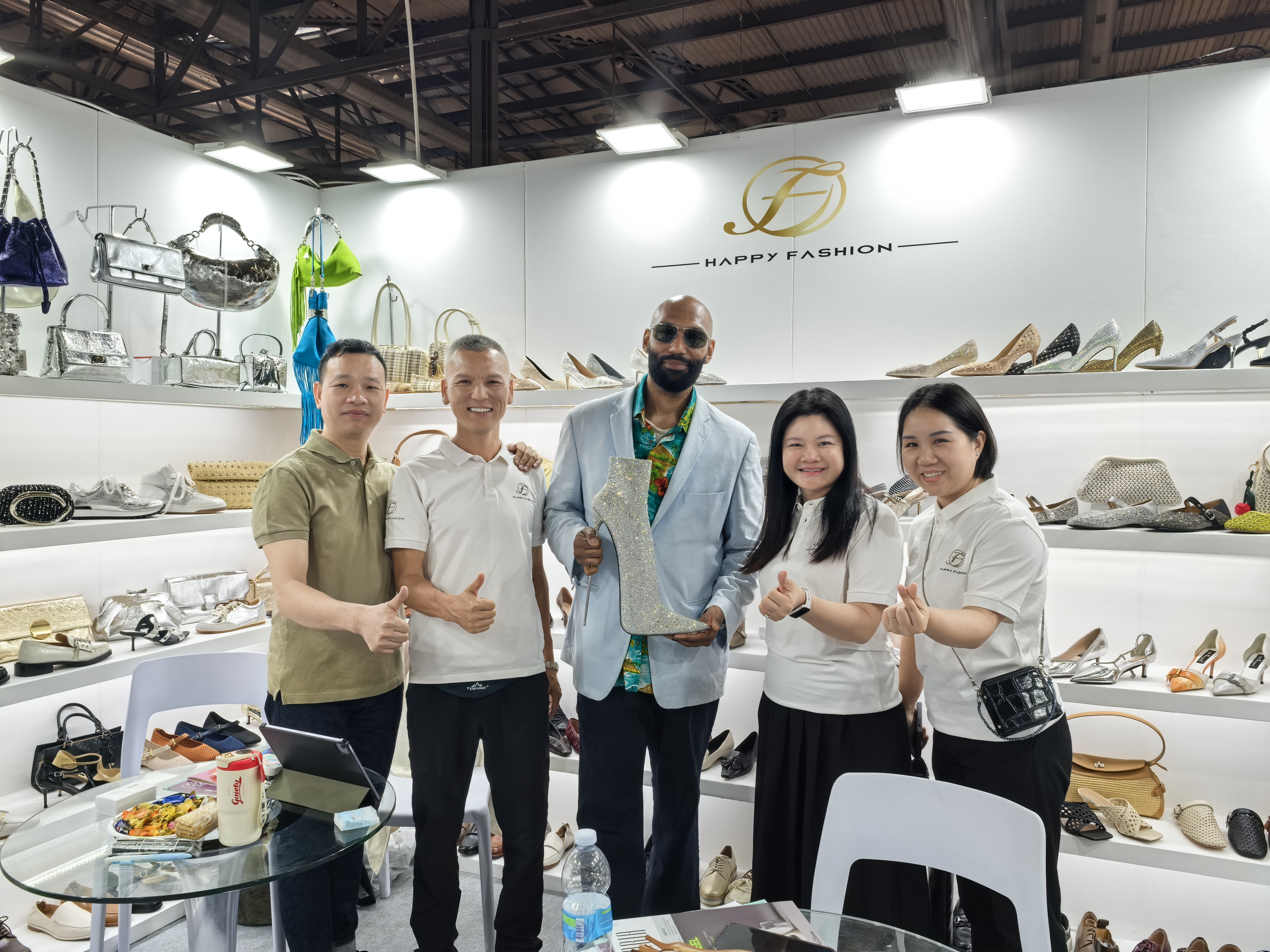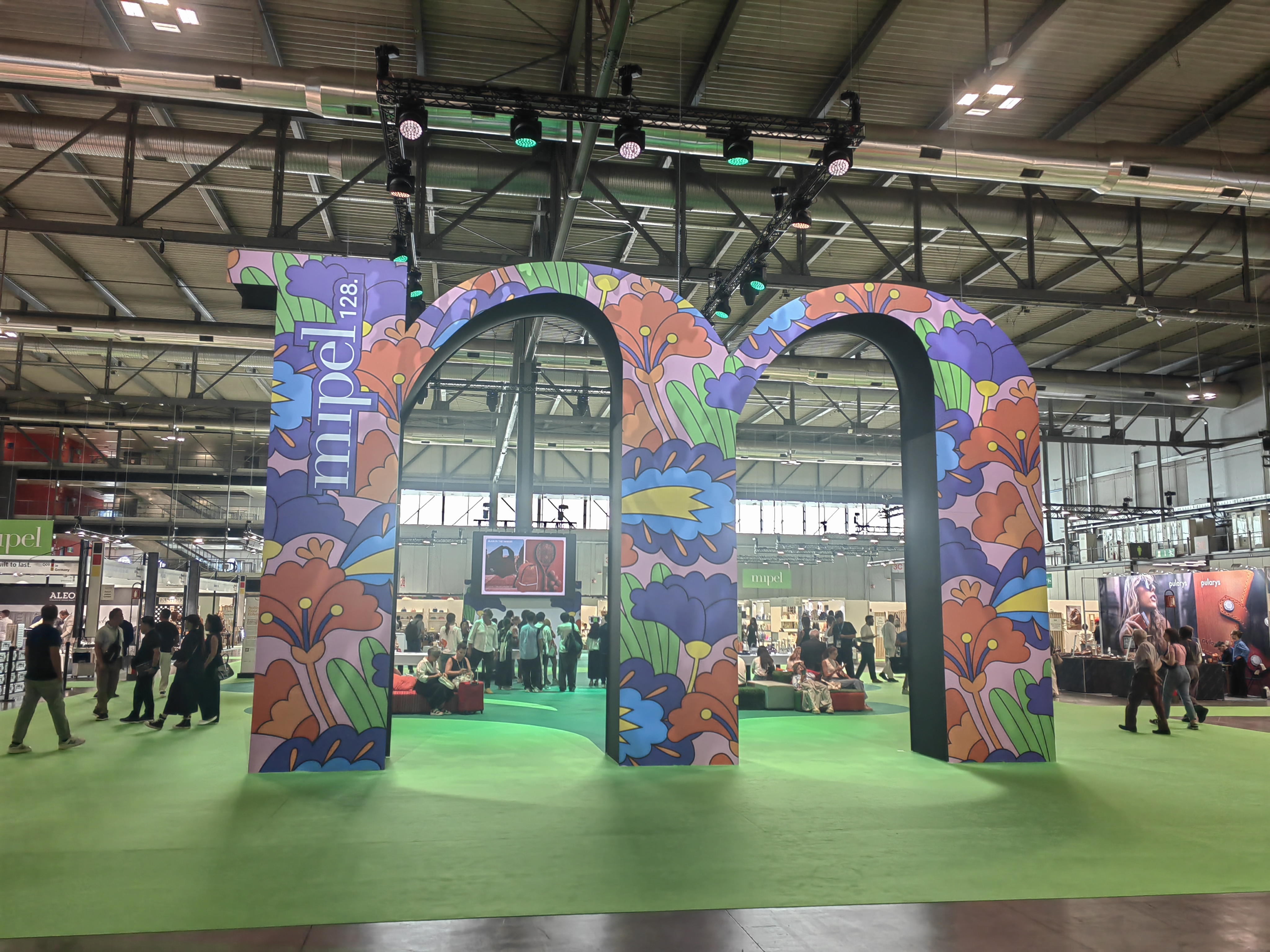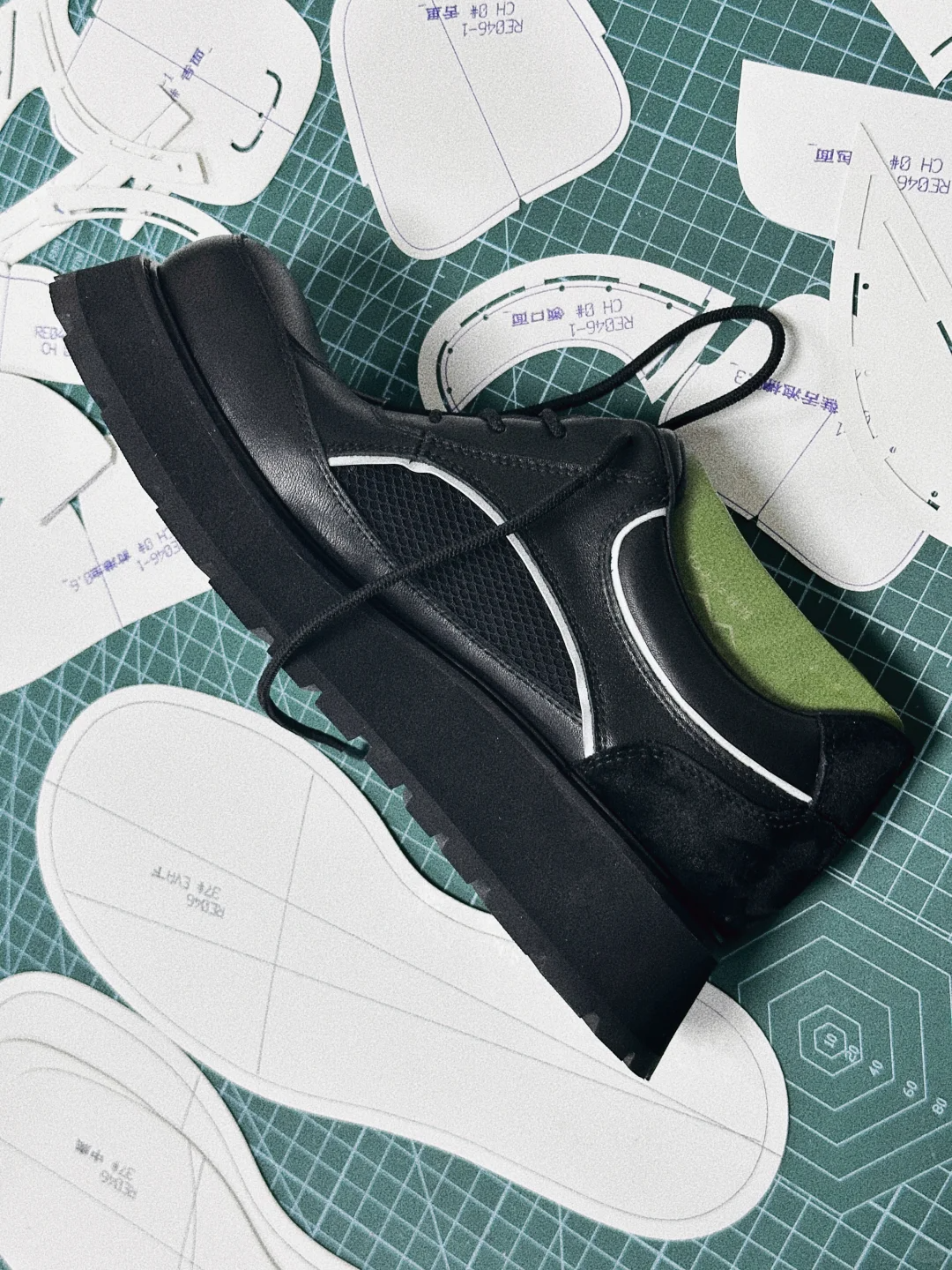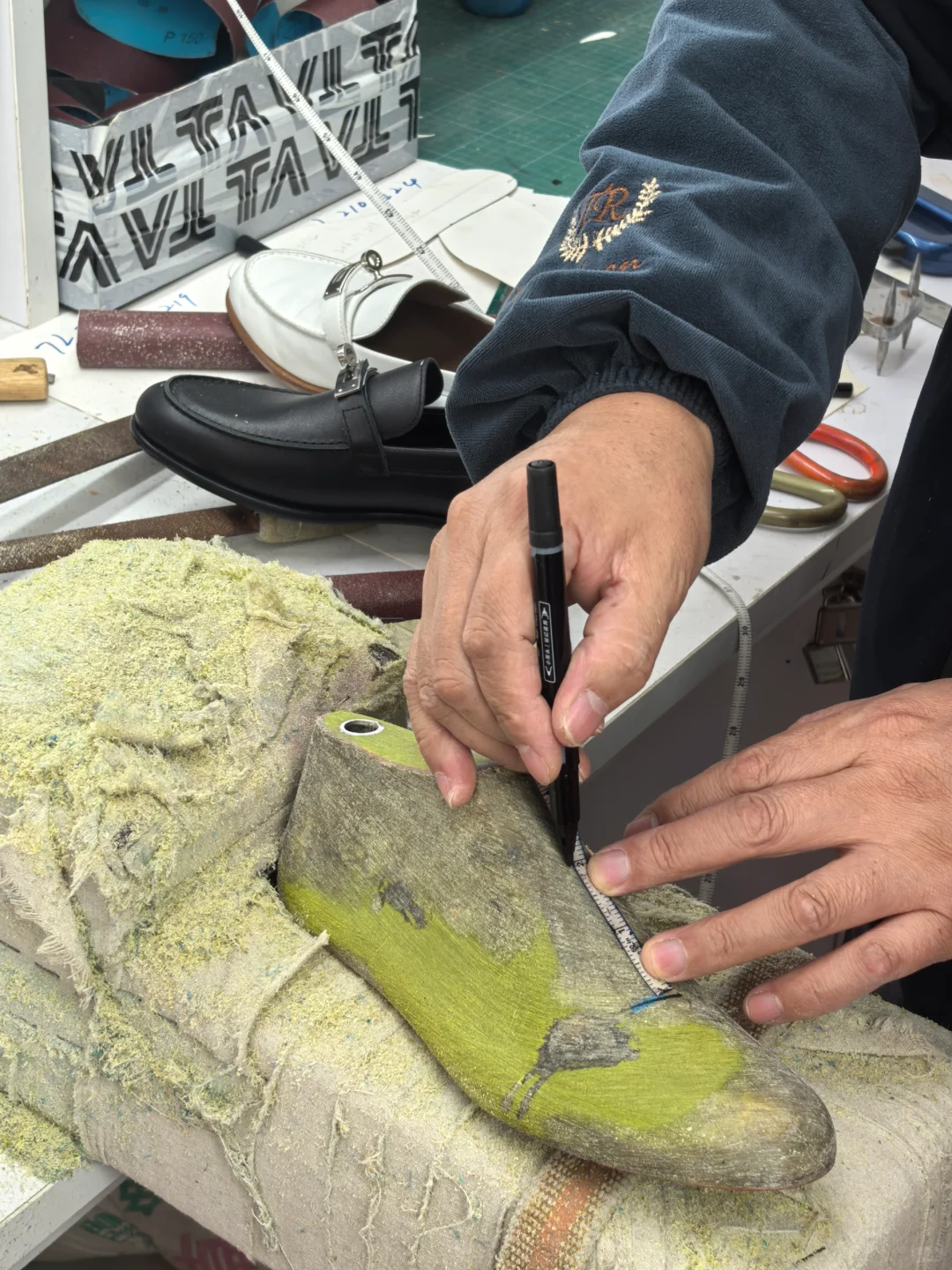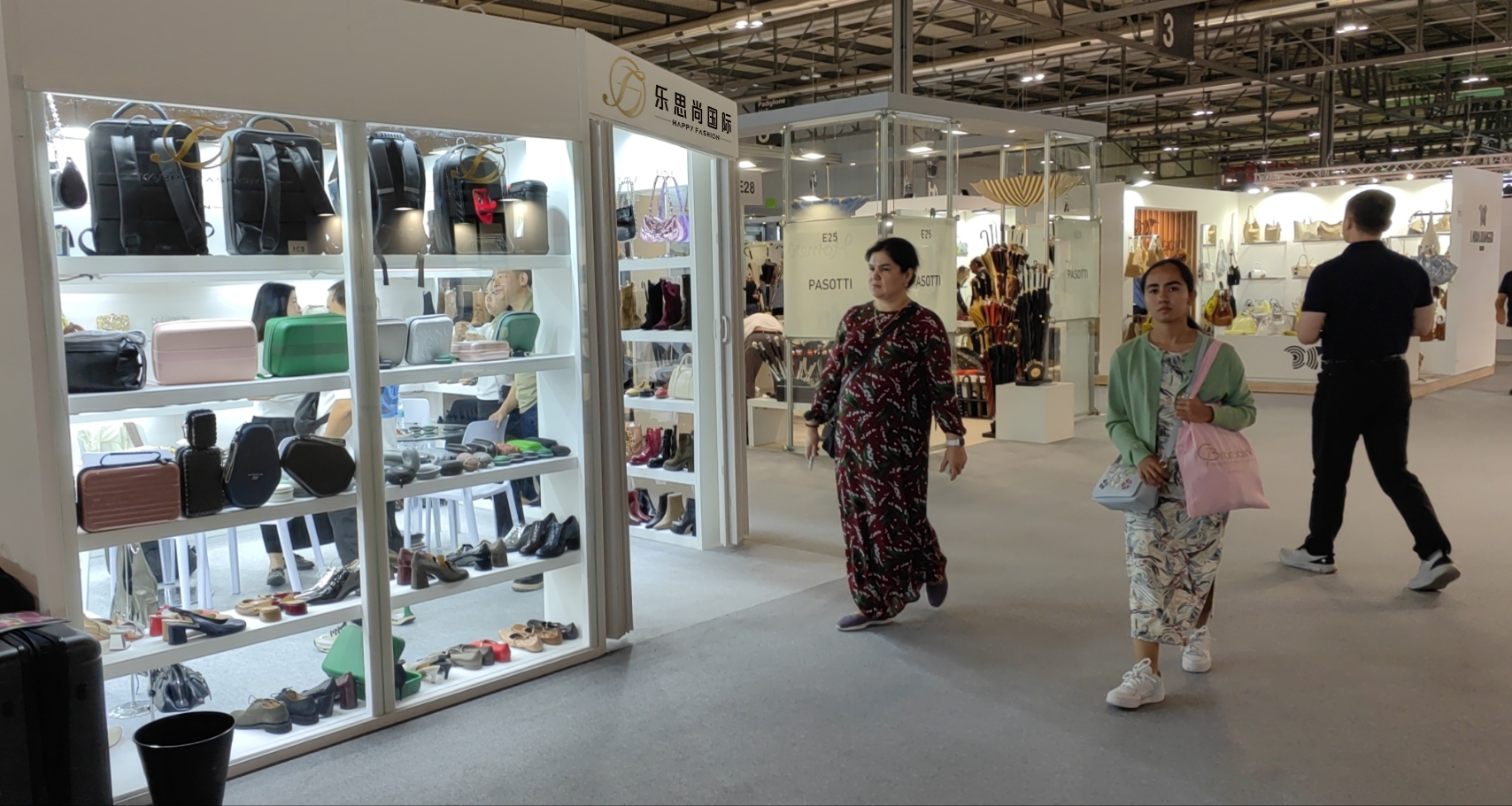
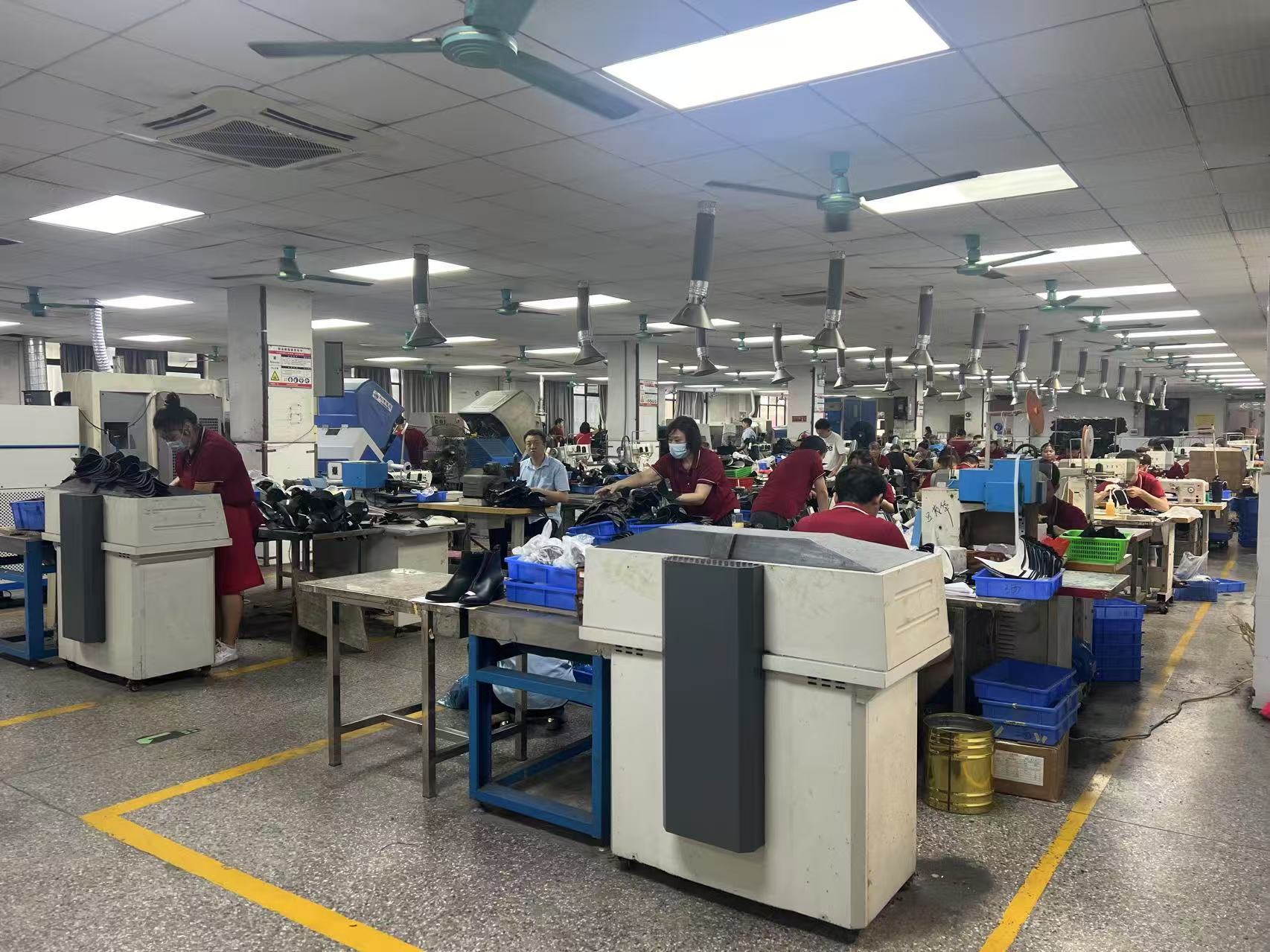
How to Choose a Women’s Dress Shoe Supplier — A Strategic Guide for Fashion Brands
Selecting a reliable women's dress shoe supplier is one of the most critical steps in building a successful fashion brand. The right choice not only ensures consistent product quality but also reduces procurement risks and fosters long-term growth. Here's a comprehensive strategy to help you identify and evaluate the ideal supplier for your fashion shoe business.
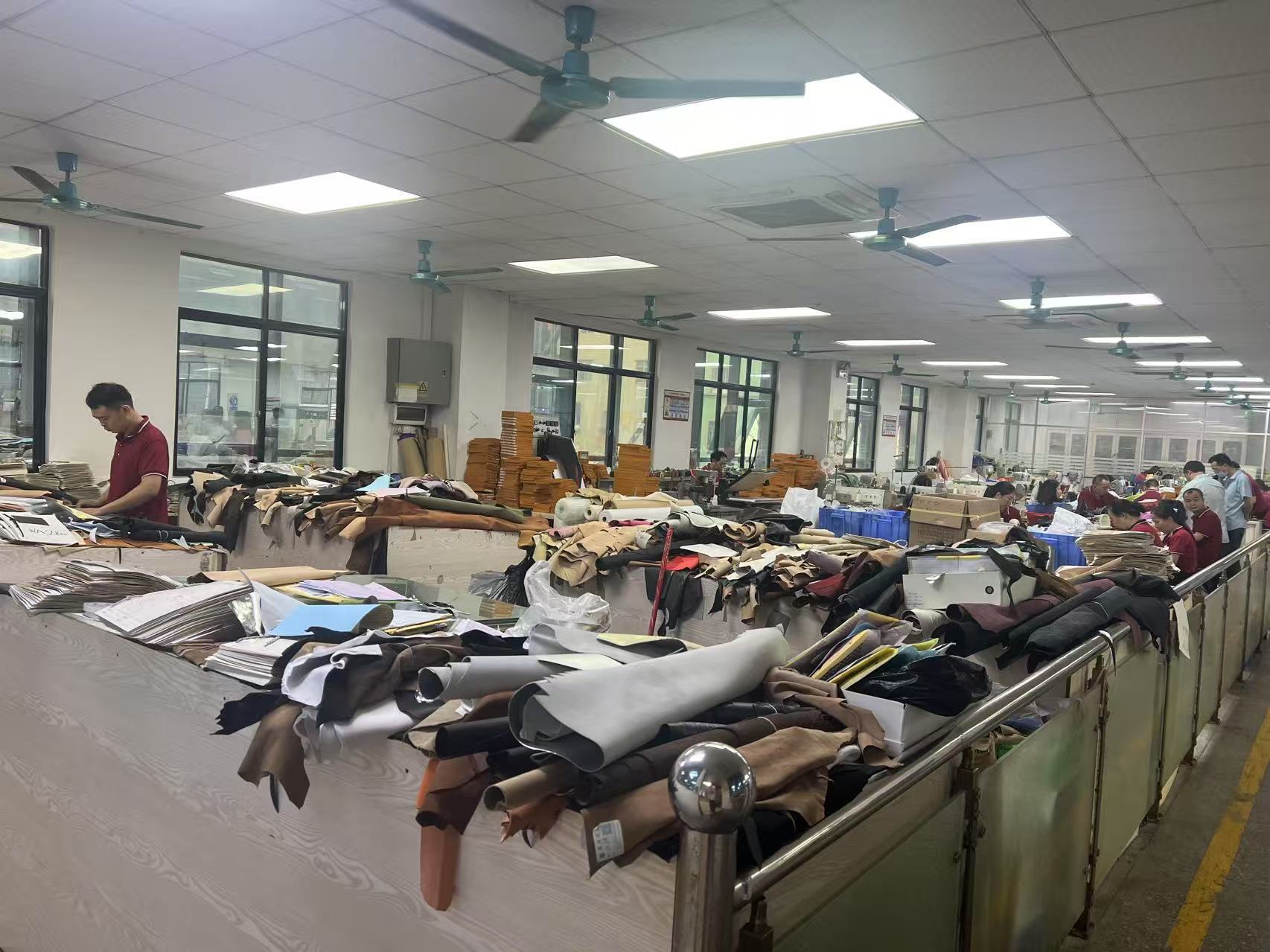
✅ Define Your Product Needs: Lay the Groundwork
The first step is to clearly define your target audience and product requirements. For instance, if your market targets professional women, prioritize factories specializing in timeless classics like loafers, pumps, and ballet flats. New brands should look for suppliers that support small batch production (e.g., starting at 50–100 pairs) to remain flexible in product testing.
#WomensShoeFactory #FashionShoes #TrendyShoes #SmallBatchProduction #DesignerBrands #MadeInFactory
✅ Strict Quality Control: Build Customer Loyalty
High-quality dress shoes must offer not just aesthetics but also comfort and durability. To ensure this, consider:
-
Requesting samples for hands-on testing;
-
Prioritizing top-grain leather or eco-friendly alternatives;
-
Evaluating wearability over time (30-day wear tests);
-
Reviewing craftsmanship and processes like Goodyear welt construction or handmade finishing.
#ShoeDevelopment #ShoeProduction #HighEndCustomization #Handmade #GenuineLeatherWomensShoes
✅ Background Checks: Verify Supplier Credibility
Verify a supplier’s trustworthiness through:
-
Reviews on platforms like Alibaba (focus on recent negative feedback);
-
Recommendations gathered at trade fairs such as Canton Fair or CHIC;
-
Preference for manufacturers with 5+ years in operation and verifiable business licenses.
#ShoeFactory #OriginalManufacturer #SourceFactories #TreasureFactories #Customers
✅ Business Terms & Risk Management: Ensure Secure Partnerships
Negotiate clear terms on:
-
Payment methods (e.g., 30% deposit, balance before shipping);
-
Logistics solutions (shipping, bonded warehouses, rail transport);
-
Risk handling (insurance for damage, return policies, delay penalties).
Your contract should include:
-
Quality guarantees (e.g., defective rate <1.5%);
-
IP protection (especially for custom designs);
-
Dispute resolution terms (governing law and arbitration location).
#FactoryLife #ShoeStores #OEMContract #BrandProtection #ShoeProduction
✅ Optimize Collaboration: Continuous Improvement Mechanism
To maintain long-term efficiency, establish KPI systems like:
-
On-time delivery rate ≥ 98%;
-
Defect rate ≤ 1%;
-
New product development within 30 days;
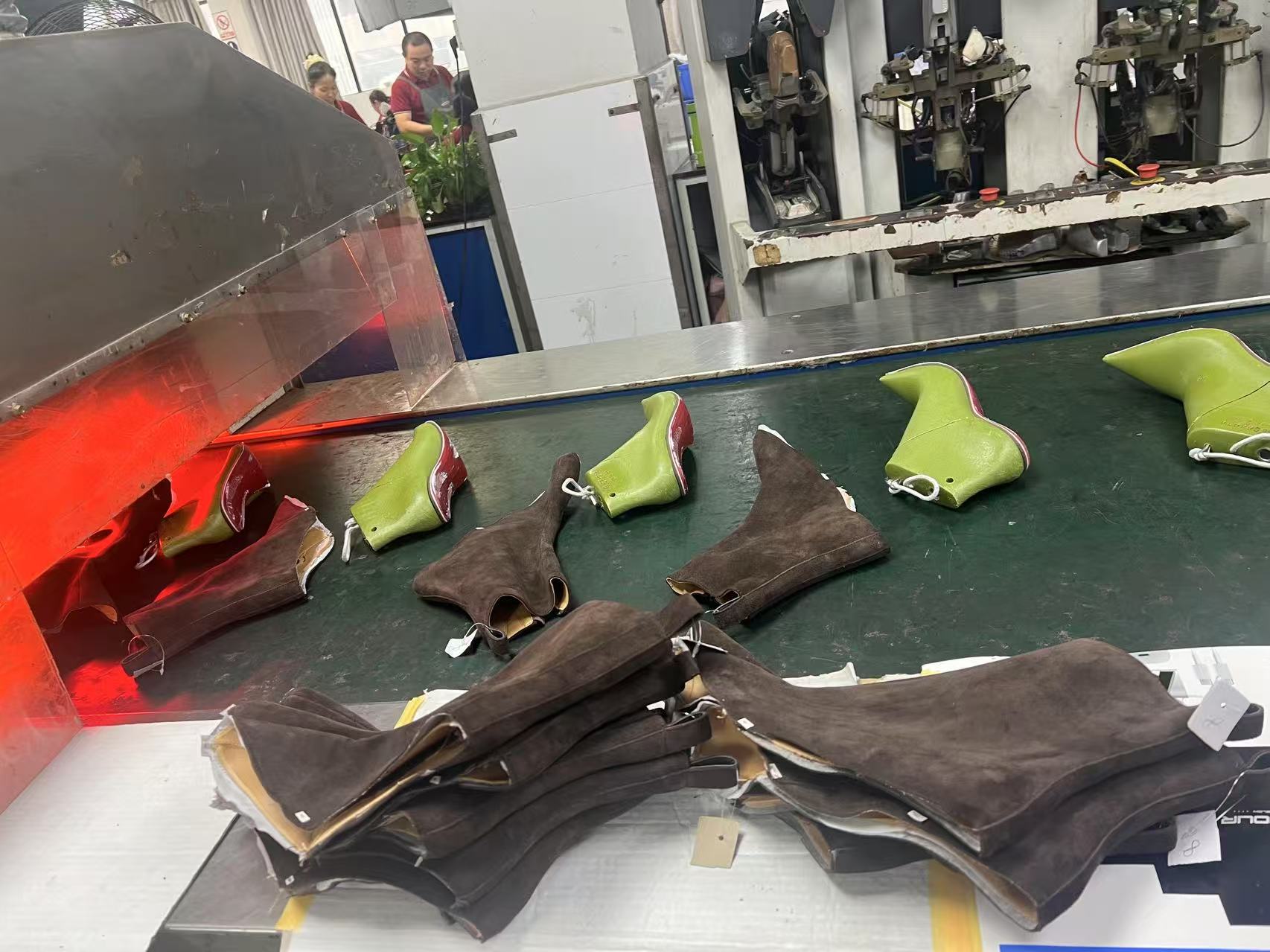
Hold regular supplier review meetings, focusing on sustainable materials, design trends, and process upgrades to remain competitive in the ever-evolving fashion market.
#ProductResearchAndDevelopment #ShoeInnovation #SustainableFashion #WomensShoeRecommendations #FashionShoes
Choosing the right women’s dress shoe supplier is not just a procurement decision — it’s a strategic partnership. From design to delivery, the right #OriginalManufacturer will help elevate your brand and ensure long-term success.
We welcome inquiries from fashion entrepreneurs worldwide. Let’s build your premium footwear brand — together.


